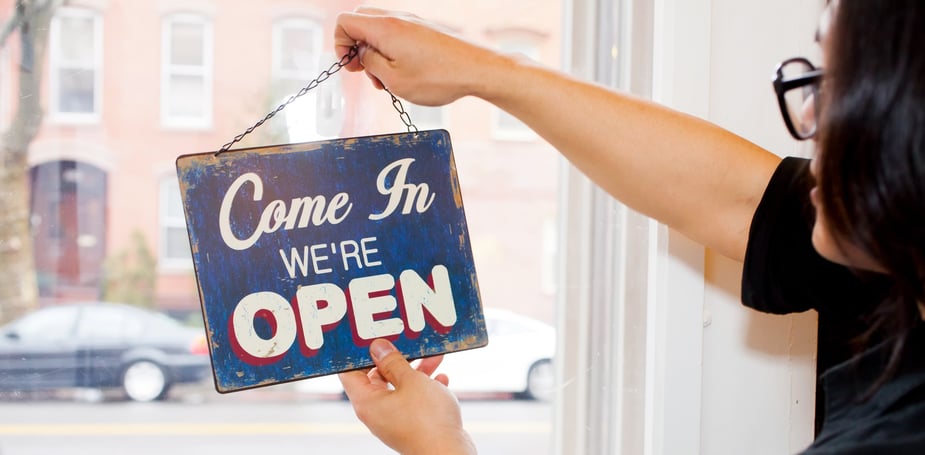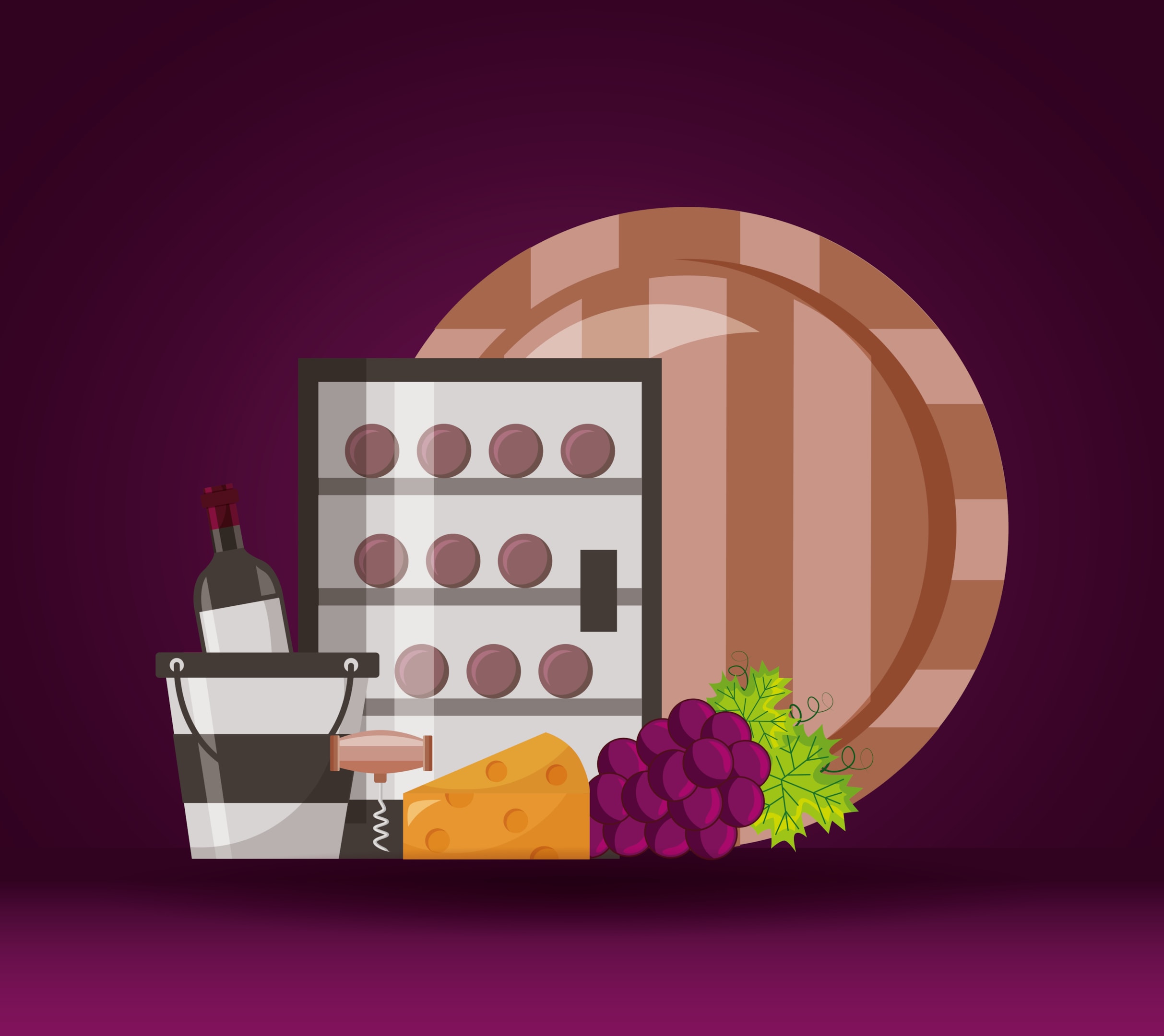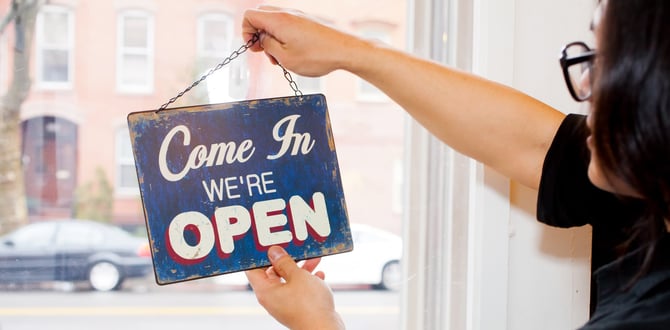Have you always dreamt of opening a restaurant of your own one day? With over 30,000 new restaurants opening every year just in America, you definitely aren’t alone. The problem comes when you try to make this dream a reality.
You may be asking yourself ‘How can I open a restaurant with absolutely no experience?"
Don’t worry, this guide is all you’ll need. We will walk you through the nine essential steps needed to get your restaurant up and running, along with a free checklist just in case.

How to start a restaurant?
While the timeline to open a restaurant can vary anywhere from a few months to over a year, you can guarantee that the steps to open a restaurant are always going to be the same. Below we have highlighted the 9 essential steps you’re going to need to make your dream a reality.
A unique concept
The most important step in planning the opening of a restaurant is choosing a realistic concept. You should choose a concept that will stand the test of time, restaurants based on current trends will not stay popular for long. When your restaurant’s foundation is built on good food and great service, you can guarantee that guests will visit for years to come.
An effective business plan
Once you’ve settled on opening a restaurant it’s time to start working on your business plan. A restaurant business plan is a road map that will help you visualize everything that needs to be done from developing a concept to opening day. Business plans typically have three main parts, an executive summary, a company description, and a market analysis.
Writing the business plan is without a doubt the most difficult part of opening a restaurant, but once complete it will not only help you stay on track but will also help when trying to raise funding.
Money
Now that you’ve chosen a concept that you feel will be destined for success and have a well-written business plan, it’s time to face the harsh reality of opening a restaurant – it’s expensive.
If you don’t have the necessary funds on your own, all hope isn’t lost. Try finding a partner to go into business with, or pitch your idea to investors to raise capital. If all else fails, you can take out a loan to fund your passion project.
A decent location
Choosing the right location for your restaurant is essential, and despite being time-consuming, is worth every minute. If you are tempted to rent/purchase a location because the offer seems too good to be true, odds are it is.
Where your restaurant is located determines how much foot traffic it gets, the kind of visitors you receive, and how much you are able to charge. A decent location on a busy road will obviously cost more, but the return on investment will be so much better than a restaurant hidden behind the corner for half the price.
A stunning menu
When putting together your business plan, you probably have already developed a concept menu. Now it is time to put together an official one. A decent menu is the most crucial element of any restaurant, without one there is no way for customers to know what they can order and at what price.
When designing your menu, organize the dishes in a manner that highlights your most profitable menu items. This can be accomplished by using a food cost calculator to understand the cost of each item. In essence, menu engineering.
The right staff
Your restaurant now needs a team. From the front of house to the back of house, a typical establishment could require anywhere from 5 to 50 employees. Since your restaurant staff will be the main point of contact with guests, having a star-studded team should be your top priority.
A restaurant reservation system
Using restaurant reservation software not only makes your day-to-day operation immensely easier but also creates a better user experience for your guests. A good restaurant reservation setup will also have an intuitive table management system built in. This allows restaurants to receive bookings through a multitude of channels and also to visualize their restaurant hour by hour.
Grand opening
Once your restaurant is ready to open its doors, it’s usually a better idea to hold a soft opening. This gives your staff the chance to practice on real guests without it getting too busy.
After they’ve had the chance to properly practice, holding a grand opening is essential. With the right launch plan, your grand opening will be attended by the press, bloggers, and the public which will really help put your name out there.
A marketing plan
Your restaurant is now officially open, but you aren’t getting as many visitors as you anticipated. This is where a marketing plan comes into play. The right marketing plan will help guests know your restaurant exists. This is the time to start thinking of special offers and discounts as well as expanding your online presence to entice new customers to pay your venue a visit.
Recap:
That was a lot of information to absorb all at once so we will list the most important things to remember. This list also acts as a restaurant opening checklist, to help you keep track of what you need to start your very own restaurant.
- Come up with a unique concept.
- Put together a business plan.
- Raise money. (Savings, partners, investors, bank loan)
- Choose the right location.
- Design a menu.
- Hire the right staff.
- Select a restaurant reservation system.
- Hold a grand opening event to make it public.
- Have a marketing plan in place.















-1.png?width=1812&height=1072&name=TripAdvisor%20%26%20More%20Bookings%20(1)-1.png)
-2.png?width=1812&height=1072&name=Google%20Bookings%20(1)-2.png)


-1.png?width=200&name=TripAdvisor%20%26%20More%20Bookings%20(1)-1.png)
-2.png?width=200&name=Google%20Bookings%20(1)-2.png)
-1.png?width=200&name=Instagram%20Bookings%20(1)-1.png)
-1-png.webp?width=200&name=Facebook%20Integration%20Rectangle%20(1)-1-png.webp)







.webp?width=200&name=download%20(1).webp)
%20(1)-2.webp?width=200&name=Eat%20(34)%20(1)-2.webp)
%20(1)-2.webp?width=200&name=Eat%20(18)%20(1)-2.webp)








%20(1)-1.webp?width=314&height=175&name=Eat%20(62)%20(1)-1.webp)


.webp?width=144&height=72&name=Eat%20App%20Logo%20(3).webp)